Juan Sánchez Cotán (1560-1627)
Get a Cotán Certificate of Authenticity for your painting (COA) for your Cotán drawing.
For all your Cotán artworks you need a Certificate of Authenticity (COA) in order to sell, to insure or to donate for a tax deduction.
Getting a Cotán Certificate of Authenticity (COA) is easy. Just send us photos and dimensions and tell us what you know about the origin or history of your Cotán painting or drawing.
If you want to sell your Cotán painting or drawing use our selling services. We offer Cotán selling help, selling advice, private treaty sales and full brokerage.
We have been authenticating Cotán and issuing certificates of authenticity since 2002. We are recognized Cotán experts and Cotán certified appraisers. We issue COAs and appraisals for all Cotán artworks.
Our Cotán paintings and drawings authentications are accepted and respected worldwide.
Each COA is backed by in-depth research and analysis authentication reports.
The Cotán certificates of authenticity we issue are based on solid, reliable and fully referenced art investigations, authentication research, analytical work and forensic studies.
We are available to examine your Cotán painting or drawing anywhere in the world.
You will generally receive your certificates of authenticity and authentication report within two weeks. Some complicated cases with difficult to research Cotán paintings or drawings take longer.
Our clients include Cotán collectors, investors, tax authorities, insurance adjusters, appraisers, valuers, auctioneers, Federal agencies and many law firms.
We perform Juan Sánchez Cotan art authentication, appraisal, certificates of authenticity (COA), analysis, research, scientific tests, full art authentications. We will help you sell your Juan Sánchez Cotan or we will sell it for you.
Juan Sánchez Cotan was a Spanish painter during the Baroque period. Cotan is known for hyper-realistic still lifes, also referred to as ‘bodegon’. Cotan’s life began in the village of Orgaz, in the vicinity of Toledo, Spain. Cotan was an acquaintance of Blas de Prado, also known for his realistic still life paintings.
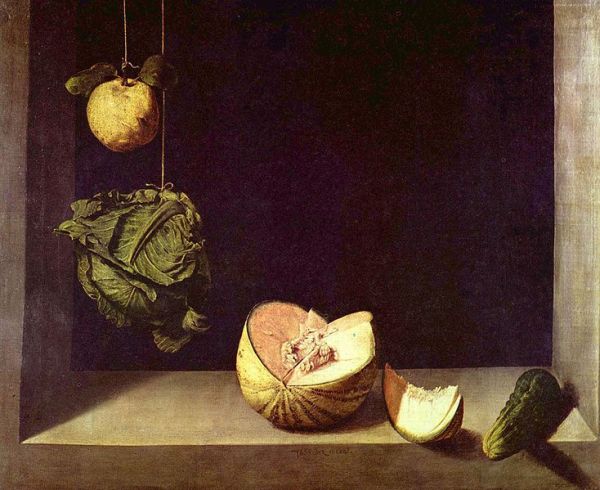
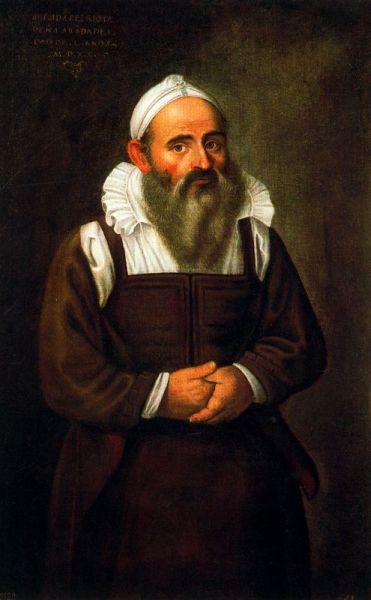
Cotan spent many of his adult years work as an altarpiece artisan in Toledo. Cotan worked for the Spanish aristocracy, painting various religious pieces for the church. Cotan gained experience with portraits, genre paintings and religious iconography.

Cotan shut down his Toledo workshop in 1603 to enter the Carthusian monastery, Santa Maria de El Paular. While religion and mysticism became the main focus of Cotan’s life, he continued to make religious paintings.
In 1612 Cotan relocated to the Granada Charterhouse, and soon decided to enter the Carthusian monastery of Granada. Cotan’s ambition was to become a monk. Many of his paintings in Granada depicted the prosecution of monks by English Protestants.
Though Cotan spent many years making religious paintings, they never received acknowledgment or praise in comparison to his still life paintings. Cotan’s still life paintings are few in number, and rare to encounter. The still lifes are considered to be part of the golden age of painting in Spain, and some of the first examples of ‘Tenebrism’ (dramatic lighting). Cotan would paint extremely dark backgrounds with illuminated fruits and vegetables as well as fish and fowl.
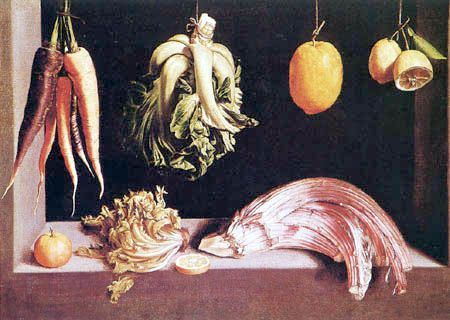
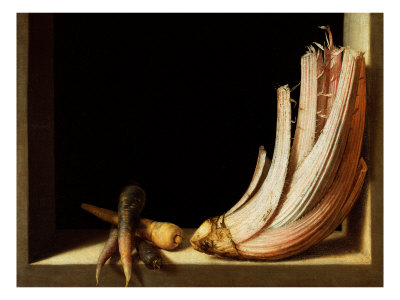
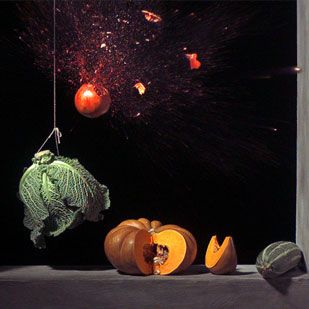
Cotan’s style of still-life painting became a model for other Spanish artists, who referred to the still lifes as ‘bodegon’ (containing mostly vegetables). The focus on painting vegetables may be related to the Carthusian, vegetarian diet.

Many of Cotan’s paintings now belong to Prado collection in Madrid, as well as major international collections. Cotan’s paintings changed the course of still life painting in Spain and throughout Europe. Do you think you own a painting by Juan Sánchez Cotan? Contact us. We are the Juan Sánchez Cotan experts.
Reviews
1,217 global ratings
5 Star
4 Star
3 Star
2 Star
1 Star
Your evaluation is very important to us. Thank you.
